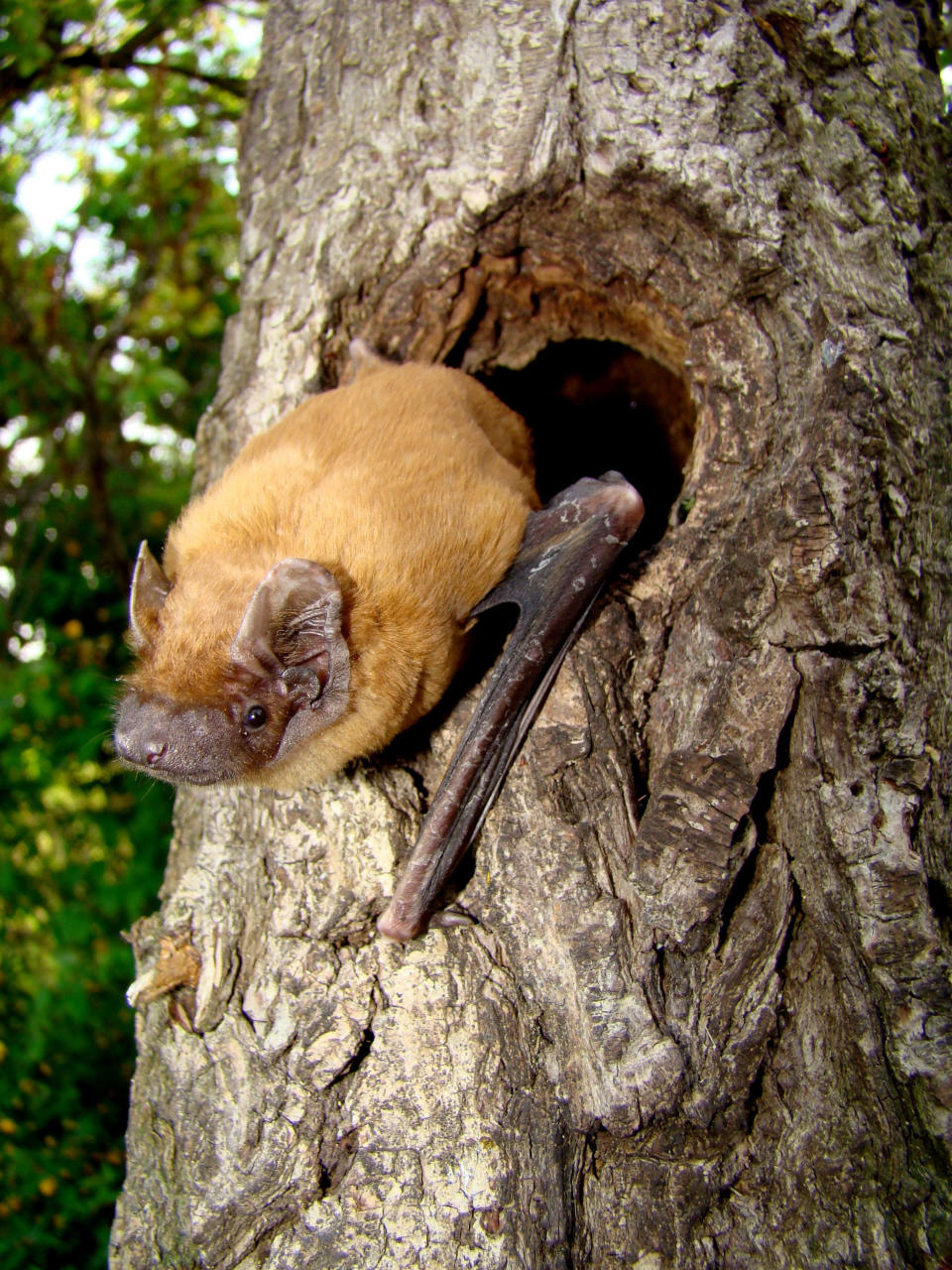AI trial reveals hidden world of woodland bats
Artificial intelligence (AI) helped conservationists identify 1.7 million bat calls in forests last summer which they say could help protect rare species.
Forestry England and the Bat Conservation Trust identified such a huge number of bat calls using low-cost acoustic sensors along with AI.
They recorded and identified 1.7 million calls by a variety of bats including: common pipistrelle, soprano pipistrelle, noctule, barbastelle, greater horseshoe, serotine, lesser horseshoe, and Leisler’s bats.
The organisations said the “Audiomoth” sensors had been a game changer because their advanced capabilities and low cost meant large numbers of them could be left in in the woods to record bat echolocation calls all night.

Wildlife and ecology staff at Forestry England, which manages the country’s 1,500 publicly owned woods and forests, had 60 monitoring locations across 16 forests in summer 2019 and recorded seven million potential bat calls.
AI tools developed by researchers at University College London analysed this data and identified 1.7 million calls belonging to eight species and two species groups.
Large scale surveys of bat woodlands were difficult to achieve before as detection equipment was expensive and gathering large amounts of data took too much time, the organisations said.
The study’s success is a vital step in understanding how rare woodland bat species are faring and to help safeguard their future, the Bat Conservation Trust said.
Information on bats, a key indicator species, can also reveal how other wildlife such as the insects they feed on are getting along. It also suggests how healthy the woodland habitats are overall.

Dr Carol Williams, director of conservation of Bat Conservation Trust, said data gathered by the Forestry England bat survey represented the largest set of bat records ever collected by the charity.
“With that wealth of data comes the potential for this approach to produce trends for some of our woodland bats for the first time.
“For some of our rarest bats, gaining this information will be a vital step in understanding their status and securing their future.
“It will also be possible to use the wider bat data as an indicator of the condition of woodland. We are delighted by what our collaboration has produced at this early stage.”
Andrew Stringer, head of environment at Forestry England, said: “This pilot has been extraordinary.
“It gave us more data than we’ve ever had to work with before and it is fantastic to see new technology being used for robust conservation science.
“Monitoring and evidence are the bedrock of conservation efforts, and it is tremendously exciting to look to the future and how these methods might give us crucial insight into how bat populations are performing in the long-term.”

 Yahoo News
Yahoo News 